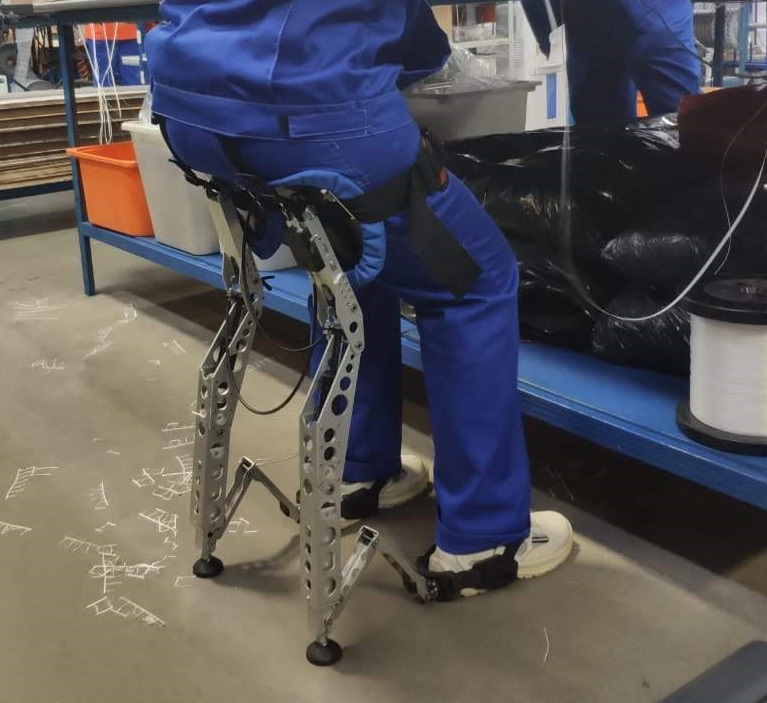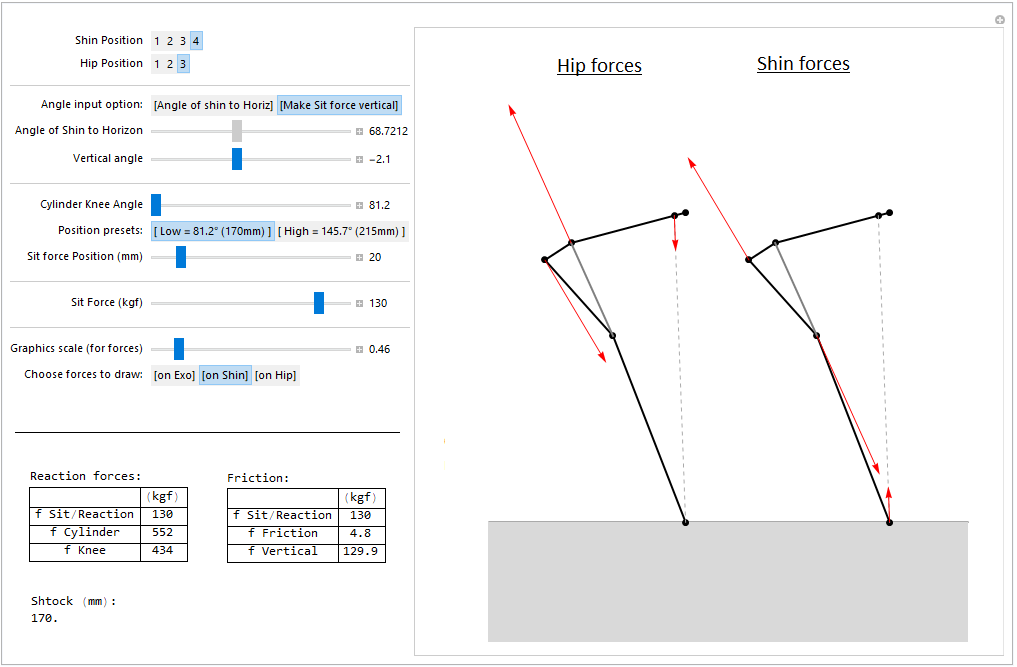Lower body exoskeleton ExoChair (version 2019)
Overall project description
The problem statement is similar to the 2018 exoskeleton version (the ExoChair exoskeleton works as a portable chair in which the operator’s landing height is fixed by power pneumatic cylinders).
In this version, the exoskeleton is made of aluminum (which makes its weight ligher by 30% compared to the previous version).
We perfomed in the project:
- Stress analysis
- Design optimization (weight, geometry, materials)
Project website:




